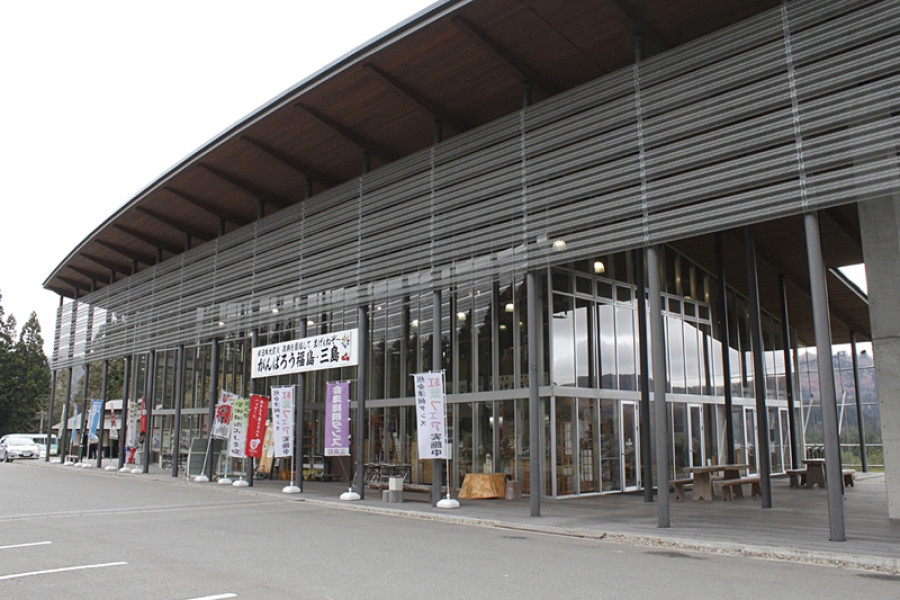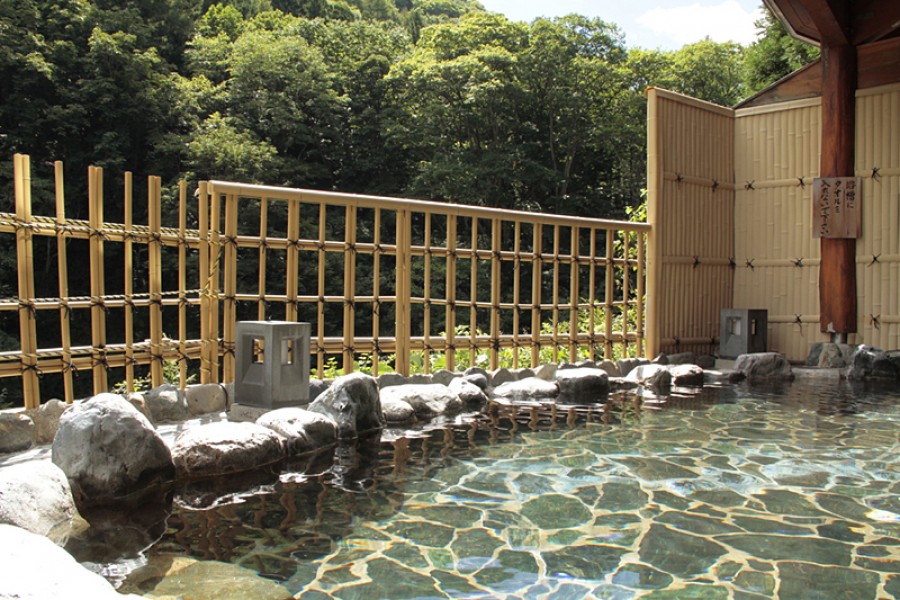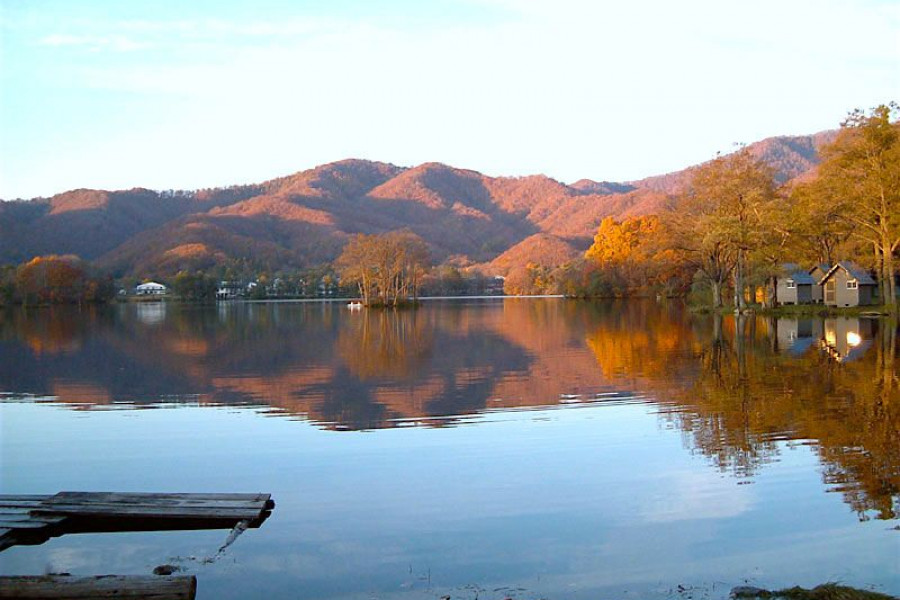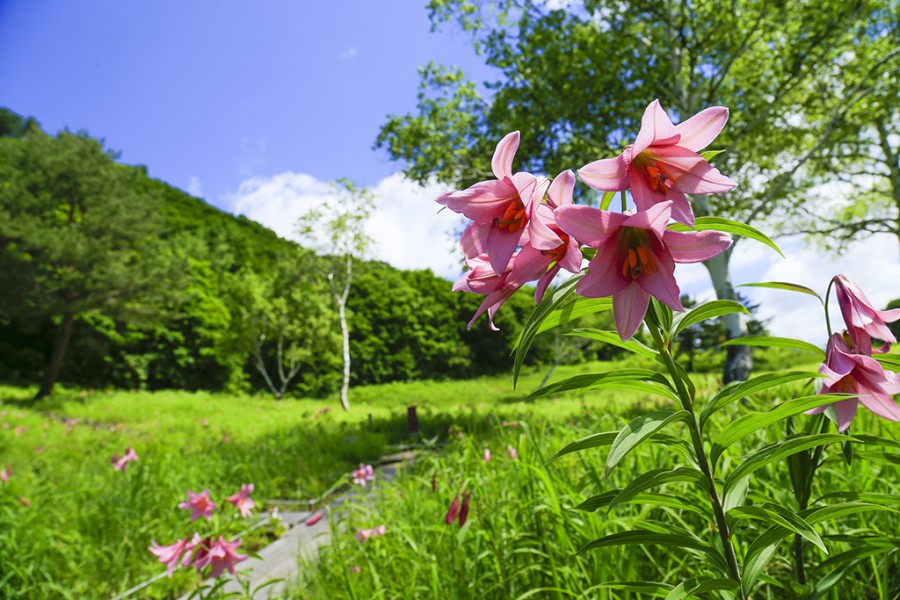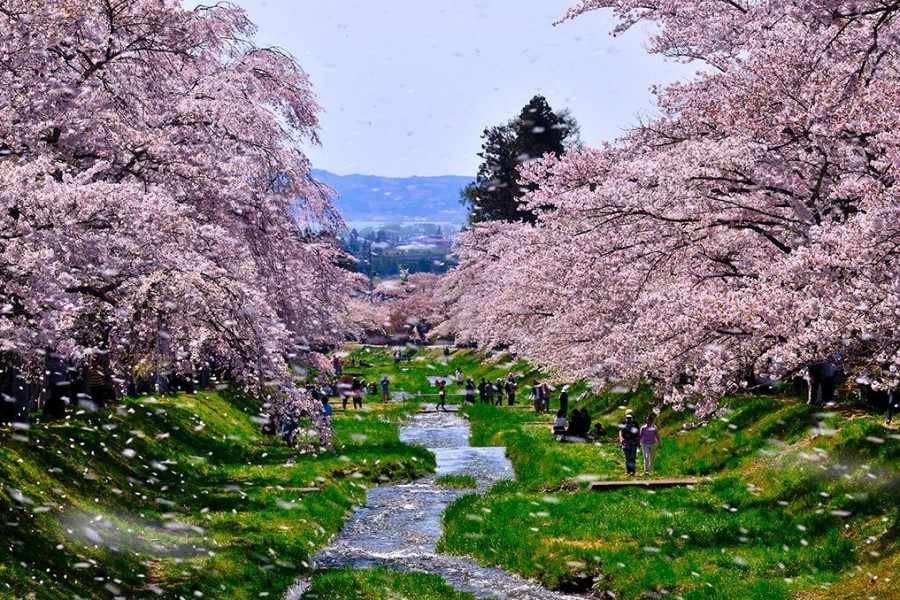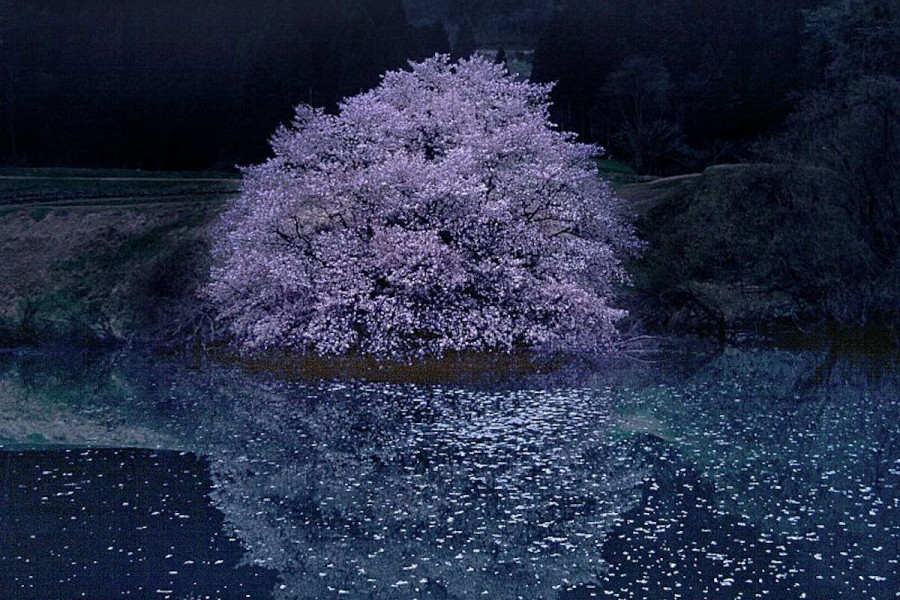
Kagamizakura
Kagamizakura is a huge Sargent's cherry located in the Numanotaira area, Yamato-machi, Kitakata City. Numanotaira is also known as the home of one million Fukujusō (vibrant yellow flowers). Rich with nature, the area contains many wildflowers and wild mountain vegetables. The single Sargent’s cherry is located on the edge of a pond called “Kagami Ike” (lit. Mirror Pond). The age of the tree is unknown but it is estimated to be over 100 years old. The trunk consists of dozens of roots growing from the foot of the tree. The tree's branches spread out widely, making it look as if the tree is leaning over toward the pond. When the flowers of the cherry tree blossom, the scenery with the reflection on the surface of the pond is exceptionally beautiful. The dark pink flowers typical of Sargent’s cherry are simply gorgeous.


